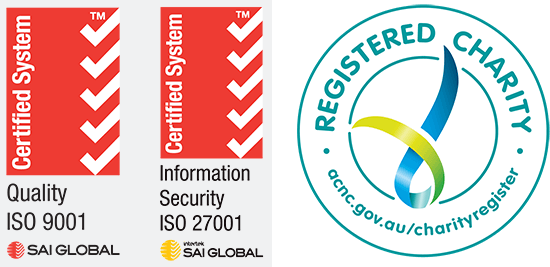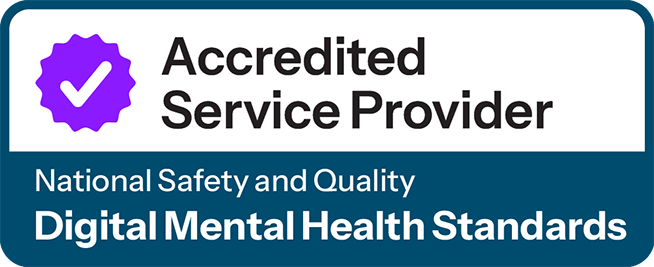
In July, the Australian Government Department of Health, Disability and Ageing added a menopause and perimenopause health assessment to the Medicare Benefits Schedule (MBS).
It is listed as item 695 for GPs and item 19000 for prescribed medical practitioners (PMPs). This assessment supports the delivery of a comprehensive health assessment for patients experiencing symptoms of menopause or perimenopause, including premature ovarian failure and early menopause.
Why is this important?
Australian GPs conduct over 160 million consultations annually, with women averaging 7.1 visits per year. There are no statistics kept on how many of these visits concern menopause. However, we can get a sense of this number because the Australian Menopause Society estimates that about 80,000 women transition to post-menopause every year.
A full-time GP, therefore, is likely to conduct several dozen menopause-related consultations each year, depending on their patient demographic and clinical focus.
Menopause-related health issues have a high prevalence and significant impact on women in mid-life. Around 4.5 million Australian women are currently aged between 40 and 60 – the typical age range for perimenopause and menopause. A RANZCOG guideline notes that up to 80 per cent will report at least one symptom. Between 20 and 30 per cent will experience moderate to severe symptoms, which triples the risk of moderate to severe depression compared to other women.
Additionally, the changes at menopause predispose women to increased cardiovascular disease and diabetes risk, central abdominal weight gain which increases bowel and breast cancer risk, and accelerated net bone loss and hence increased risk of osteoporosis. These make menopause an ideal time to perform a comprehensive health assessment.
Who is eligible for MBS Item 695, and what are the requirements?
- Assessment must be by a GP and last at least 20 minutes. It cannot be done by telehealth.
- Patients must have symptoms of menopause or perimenopause, including early menopause or premature ovarian insufficiency.
- Consult must include history, basic physical exam (BP, height, weight), investigations, management planning, and preventative advice.
- GP is required to initiate investigations and referrals as clinically indicated, with consideration given to the need for cervical screening, mammography and bone densitometry.
- The item can be claimed alongside other health assessments if clinically distinct.
- The claim must be documented in line with usual Medicare requirements.
Click here for full MBS descriptor for item 695.
MBS item 19000 is very similar, but with a lower rebate.
How often can this be claimed?
The 695 or 19000 Menopause and Perimenopause Health Assessment can be claimed annually.
Clinical checklist
North Western Melbourne Primary Health Network has developed a checklist for menopause and perimenopause health assessments that can be adapted for your own use. The assessment might need to be done across multiple appointments.
Click here (.docx) to access the Menopause and perimenopause health assessment checklist
I often recommend an initial appointment and go through the first few items, then a longer review after blood work to complete the assessment – perhaps billing the menopause item then.
For more information:
- A Practitioner’s Toolkit for Managing Menopause (.pdf) (Davis, et al; Climacteric, 2023)
- Supporting notes for the Practitioner’s Toolkit for Managing Menopause (op cit)
- RANZCOG clinical guidance (.pdf) – managing menopause symptoms
- Australasian Menopause Society – menopause management
- HealthPathways Melbourne:
Disclaimer: NWMPHN provides Medicare information as a guide only and recommends general practitioners familiarise themselves with the detailed descriptions contained in the MBS, available at mbsonline.gov.au. Under the Health Insurance Act 1973 practitioners are legally responsible for services billed to Medicare under their Medicare provider number or in their name.





